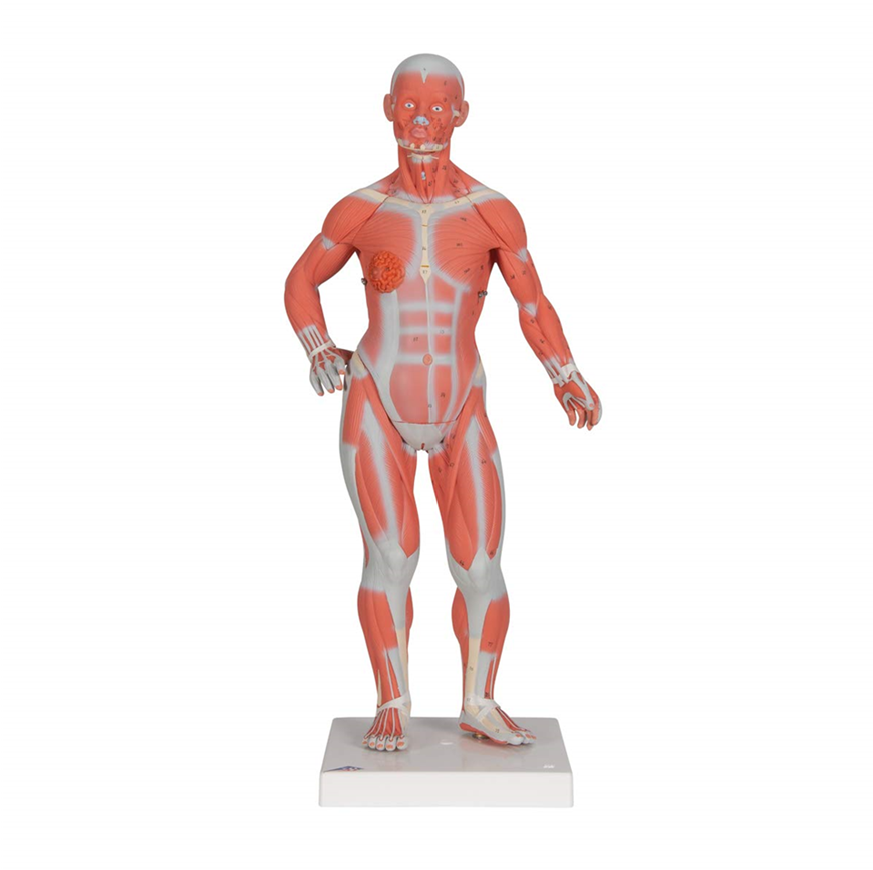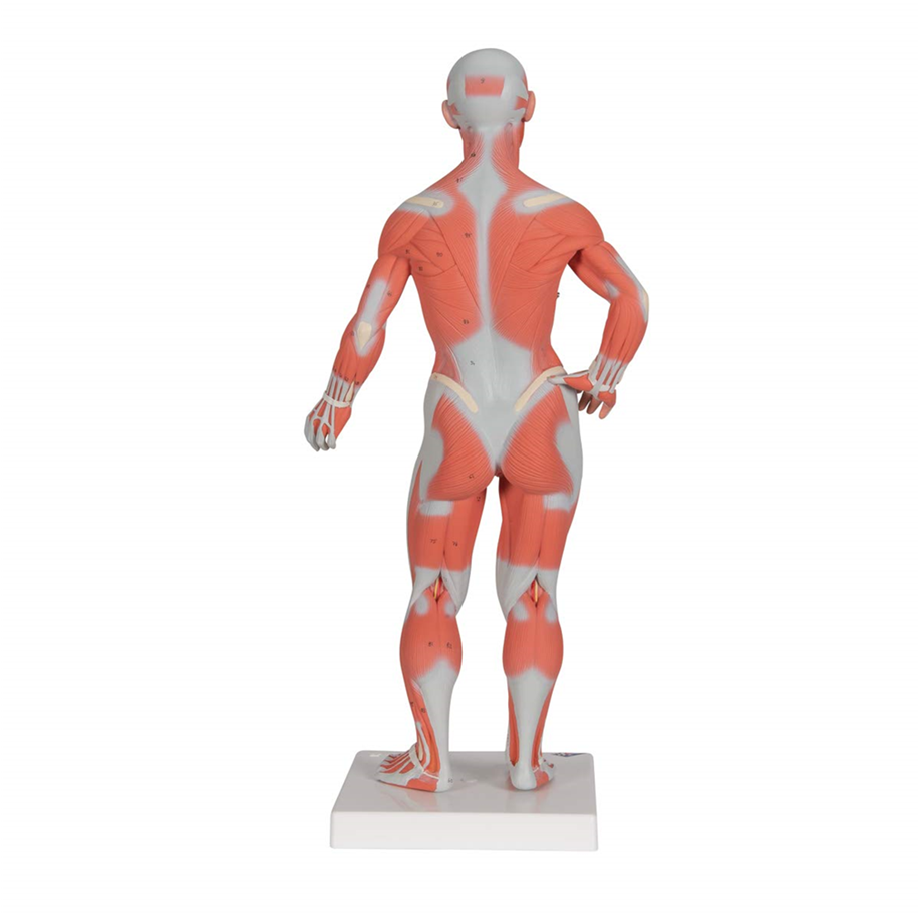1.10: Laboratory Activities and Assignment
- Page ID
- 53515
\( \newcommand{\vecs}[1]{\overset { \scriptstyle \rightharpoonup} {\mathbf{#1}} } \)
\( \newcommand{\vecd}[1]{\overset{-\!-\!\rightharpoonup}{\vphantom{a}\smash {#1}}} \)
\( \newcommand{\id}{\mathrm{id}}\) \( \newcommand{\Span}{\mathrm{span}}\)
( \newcommand{\kernel}{\mathrm{null}\,}\) \( \newcommand{\range}{\mathrm{range}\,}\)
\( \newcommand{\RealPart}{\mathrm{Re}}\) \( \newcommand{\ImaginaryPart}{\mathrm{Im}}\)
\( \newcommand{\Argument}{\mathrm{Arg}}\) \( \newcommand{\norm}[1]{\| #1 \|}\)
\( \newcommand{\inner}[2]{\langle #1, #2 \rangle}\)
\( \newcommand{\Span}{\mathrm{span}}\)
\( \newcommand{\id}{\mathrm{id}}\)
\( \newcommand{\Span}{\mathrm{span}}\)
\( \newcommand{\kernel}{\mathrm{null}\,}\)
\( \newcommand{\range}{\mathrm{range}\,}\)
\( \newcommand{\RealPart}{\mathrm{Re}}\)
\( \newcommand{\ImaginaryPart}{\mathrm{Im}}\)
\( \newcommand{\Argument}{\mathrm{Arg}}\)
\( \newcommand{\norm}[1]{\| #1 \|}\)
\( \newcommand{\inner}[2]{\langle #1, #2 \rangle}\)
\( \newcommand{\Span}{\mathrm{span}}\) \( \newcommand{\AA}{\unicode[.8,0]{x212B}}\)
\( \newcommand{\vectorA}[1]{\vec{#1}} % arrow\)
\( \newcommand{\vectorAt}[1]{\vec{\text{#1}}} % arrow\)
\( \newcommand{\vectorB}[1]{\overset { \scriptstyle \rightharpoonup} {\mathbf{#1}} } \)
\( \newcommand{\vectorC}[1]{\textbf{#1}} \)
\( \newcommand{\vectorD}[1]{\overrightarrow{#1}} \)
\( \newcommand{\vectorDt}[1]{\overrightarrow{\text{#1}}} \)
\( \newcommand{\vectE}[1]{\overset{-\!-\!\rightharpoonup}{\vphantom{a}\smash{\mathbf {#1}}}} \)
\( \newcommand{\vecs}[1]{\overset { \scriptstyle \rightharpoonup} {\mathbf{#1}} } \)
\( \newcommand{\vecd}[1]{\overset{-\!-\!\rightharpoonup}{\vphantom{a}\smash {#1}}} \)
Laboratory Activities and Assignment
Part 1: Human Organ Systems
The 11 human organ systems are listed below with an abbreviation for each. Put the letters relating to each body system to indicate the organ system each organ or structure listed below belongs to. There are more than one answer in some cases.
|
|
|
|
______ adrenal glands ______ artery ______ blood ______ brain ______ capillaries ______ cartilage ______ epididymis ______ esophagus ______ fingernails ______ gall bladder ______ hair ______ heart ______ joints ______ kidney ______ kneecap |
______ large intestines ______ liver ______ lungs ______ lymph nodes ______ lymphatic vessels ______ mammary glands ______ muscles ______ nasal cavity ______ nerves ______ ovary ______ pancreas ______ pituitary gland ______ ribs ______ sense organs (e.g. eye) ______ skin |
______ skull ______ small intestines ______ spinal cord ______ spleen ______ stomach ______ tendons ______ testes ______ thymus ______ thyroid gland ______ trachea ______ urinary bladder ______ uterus |
Part 2: Anatomical Position and Directional Terms
1. Fill in the blank with the appropriate directional term to complete the following sentences. More than one answer may be correct.
a. The heart is ___________ to the lungs.
b. The knee is ___________ to the hip.
c. The wrist is ___________ to the hand.
d. The mouth is ___________ to the nose.
e. The thorax is ___________ to the abdomen.
f. The thumb is ___________ to the ring finger.
g. The sternum is ___________ to the heart.
h. The skull is ___________ to the scalp.
i. The ears are ___________ to the nose.
j. Dorsal refers to the ___________ of the human body, while ventral refers to the ___________ of the human body.
2. Use the information below to put "incus" in the correct white box on the figure below to label incus, a part of the human auditory system:
a. incus is superior to and lateral to the cochlear nerve
b. incus is medial to malleus
c. incus is lateral to stapes
Part 3: Planes and Sections
1. Name the type of section performed in the brain shown. Write your answers on the lines given.
_____________________ ___________________ ___________________
2. Use your knowledge of the different body planes/sections, fill in the blanks with the appropriate body plane for each of the following descriptions.
a. The plane that divides the body into anterior and posterior parts is the ___________ plane.
b. A transverse plane divides the body into ___________ and ___________ regions.
c. A ___________ or ___________ plane divides the body into right and left parts.
3. Label the two images below with the appropriate anatomical planes and directional terms:
Part 4: Anatomical Adjectives for Body Locations
1. Label the anatomical model of the muscle person below with the anatomical adjectives for body locations in the listed. Label BOTH the anterior view and the posterior view with as many of the labels as possible for each view.
|
|
|


Part 5: Abdominopelvic Regions and Abdominopelvic Quadrants
1. Label the four abdominopelvic quadrants and the nine abdominopelvic regions on the anatomical models below as appropriate.
Part 6: Body Cavities and Serosa
1. Fill in the blank with the appropriate body cavity:
a. The two main body cavities are the ___________ and the ___________ cavities.
b. The stomach is found in the ___________ cavity.
c. The heart is found in the ___________ cavity, which is part of the larger ___________ cavity.
d. The brain is found within the ___________ cavity which is part of the larger ___________ cavity
e. The urinary bladder and reproductive organs are found within the ___________ cavity.
2. Fill in each box in the figure below with either the cavity shown (white boxes) or the name of the serous membrane (gray boxes).
Attributions
Part 2: Anatomical Position & Directional Terms
- "Anatomy of the Human Ear" by Lars Chittka; Axel Brockmann, Wikipedia Commons is licensed under CC BY-SA 4.0
- "BIOL 250 Human Anatomy Lab Manual SU 19" by Yancy Aquino, Skyline College is licensed under CC BY-NC-SA 4.0
Part 3: Planes & Sections
- "Anatomy 204L: Laboratory Manual (Second Edition)" by Ethan Snow, University of North Dakota is licensed under CC BY-NC 4.0
- "Anatomy and Physiology I Lab" by Victoria Vidal is licensed under CC BY 4.0
- "BIOL 250 Human Anatomy Lab Manual SU 19" by Yancy Aquino, Skyline College is licensed under CC BY-NC-SA 4.0
Part 4: Anatomical Adjectives for Body Locations
- "Anatomy and Physiology I Lab" by Victoria Vidal is licensed under CC BY 4.0
Part 5: Abdominopelvic Regions & Abdominopelvic Quadrants
- Anatomy and Physiology I Lab" by Victoria Vidal is licensed under CC BY 4.0
Part 6: Body Cavities & Serosa
- "Anatomy and Physiology Lab Homework" by Laird C Sheldahl is licensed under CC BY-SA 4.0
- "BIOL 250 Human Anatomy Lab Manual SU 19" by Yancy Aquino, Skyline College is licensed under CC BY-NC-SA 4.0


